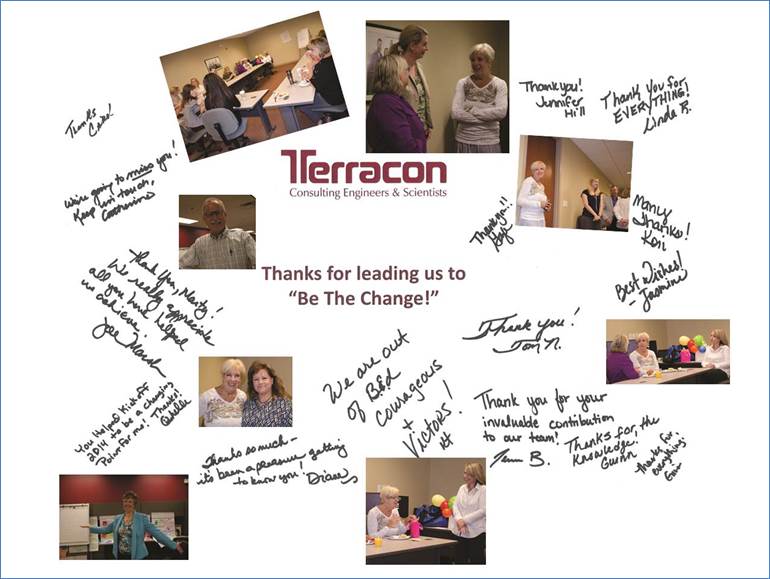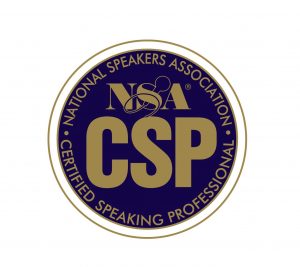As a consultant on corporate culture who has worked with just about every industry, sometimes I think I’m pretty smart about this topic since I’ve been doing this for … let’s just say, a lot of years…
A Global Perspective
Out of curiosity, I reached out to a LinkedIn group of HR professionals and asked the question:
“How do you define corporate culture? And what makes it a healthy culture?”
While many responses echoed my blogs on accountability, alignment and integrity, the discussions were global and robust!
Here’s a sampling of some other perspectives for your consideration:
- From India: (when the culture is healthy) “the employees become brand ambassadors.”
- From Boston: “Often times (a healthy culture) is what you won’t see. You won’t have high absenteeism, tardiness, missed deadlines or gallows humor.”
Think about that for a minute…
- From the United Kingdom: “It’s about how employees feel day to day about their experience at work.”
And finally, there was an interesting banter between a person in Ohio and someone in Australia:
- Ohio: “(Culture is) what you permit and promote.”
- Australia: “What (Ohio) said. We try and over vomicate ”
Ok – I’ll admit, I had to Google that word and I’ll let you do the same.
A Compelling Vision Enhances Engagement
As you can see, there’s no one thing that is the magic bullet to creating a vibrant, healthy and productive culture. Culture is the culmination of a lot of things that lead to how employees feel about their leaders and managers and workplace, which translates to “engagement.”
I know firsthand that people want to fit in and contribute and many will do anything to work in a healthy and rewarding culture.
When I was VP of Human Resources at three different companies, two or more employees from operational departments at each company took pay cuts of $10,000 – $20,000 to work in HR.
Why would they do that?
It wasn’t that I was such a great boss. In fact, I was often demanding and impatient.
But the people at each of these companies heard a vision for the future and how they could be part of it. They saw that they could be part of doing work that made a difference. They were part of something bigger than themselves and had ownership of their future, opportunities to grow and contribute and used skills they didn’t know they had.
I still remember one person saying: “I can’t believe I get paid to do this work. I would do it for nothing!”
One of the best examples I have heard about the power of culture and engagement came from a colleague who worked at a hospital. She said that when the cleaning staff was asked what they did at the hospital, their response was: “We prevent infection.”
This hospital and its managers clearly communicated the value and importance of how every position contributed to the success of the organization and service to its patients.
Early in my career I read a book called: Corporate Culture: The Rites and Rituals of Corporate Life by Terrence Deal and Allan Kennedy. It became, and still is, my bible for departmental and organizational practices. While it’s been revised and updated, the original concepts and guidelines still hold true.
Corporate Culture Impacts Families and Communities
In this era of pervasive divisiveness in our social and political structures, it’s imperative that organizations invest in a healthy culture. Culture impacts not just the employees and customers, but it impacts families and the communities in which organizations operates.
Don’t be dazzled by organizations that tout a great culture because people can bring their dogs to work, have a gym or great benefits. If the day to day communication is snarky, people’s ideas are ignored or there’s an undercurrent of fear, no amount of money will ensure engagement. People will grit their teeth and tolerate it until they can’t anymore. The damage has been done.
Think about it: many people spend more time at work than with their families. If the organization is toxic, that can taint their interactions at home. A healthy culture at work promotes employee well-being, which then impacts families, which then impacts communities.
How is your organization’s culture contributing employee engagement and well-being, their families and to your communities?
Marty Stanley, CSP, works with leaders who want a competitive advantage by having a healthy, winning culture. She will help you identify areas for change and guide you and your team through the process. Contact Marty for a brief consultation to determine the best ways to enhance your culture. martystanley@alteringoutcomes.com 816-695-5453 or 858-432-6764 www.alteringoutcomes.com
For more information on being a Type T leader, watch this 1 minute video.
Or order the book on How to Be a Transformational Leader in a Bottom-Line World.










